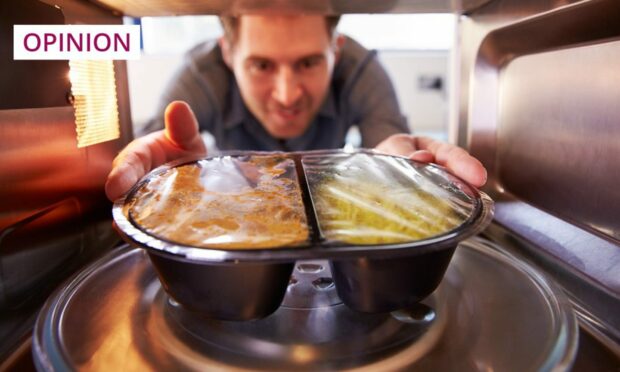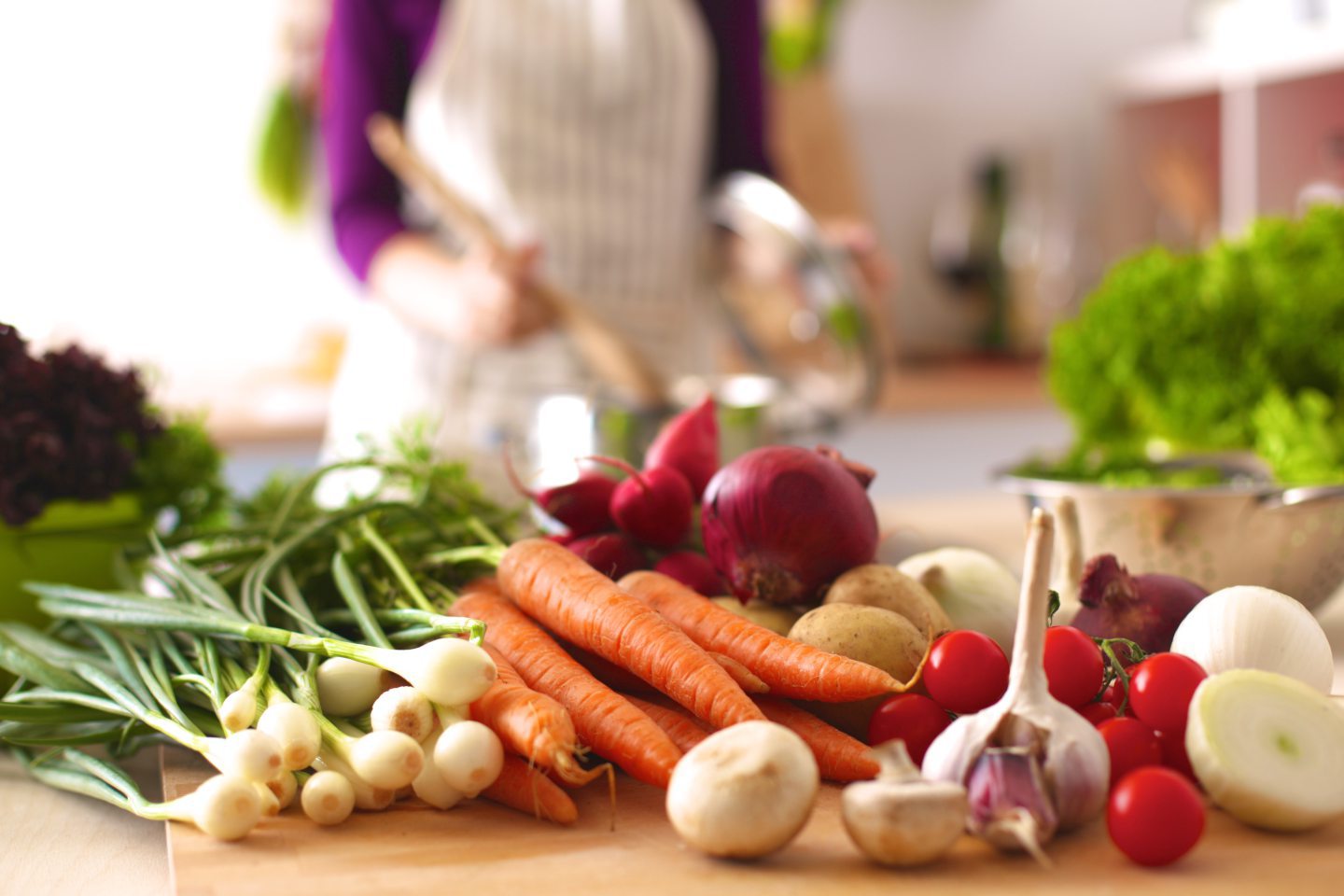Ready meals are very popular in the UK – more than 90% of us eat them regularly, with two out of five people eating ready meals every week.
It’s not difficult to see why these options are so popular – many of us may not have much time to cook, do not know how to cook, or simply dislike cooking. In recent times, we have also seen a growing number of single-person households who may be less likely to cook for themselves.
However, ready meals may not always be the most healthy, environmentally friendly, or affordable choice. Most of them can be classified as ultra-processed foods, often with multiple added ingredients such as sugar, salt, fat, artificial colours, or preservatives.
Some studies have suggested that consuming ready meals can lead to a higher risk of obesity, or cardiovascular disease. Furthermore, we know relatively little about the environmental impact of these products.
We compared 54 chilled or frozen ready meals with their home-cooked equivalents, in terms of nutritional composition, greenhouse gas emissions and price. We found that, on average, ready meals contained higher levels of free sugars than equivalent home-cooked meals, but their salt and fat contents were not that different.

We also compared greenhouse gas emissions relating to buying and cooking ready meals versus equivalent home-cooked meals. As expected, greenhouse gas emissions associated with the food products we buy in the supermarket were twice as high in animal-based meals compared with plant-based meals, both in ready meals and in equivalent home-cooked ones.
We also found that ready meals, especially those that were animal-based, had significantly higher greenhouse gas emissions than equivalent home-cooked meals.
Pay more attention to the ready meals you choose
The cooking of all meals added further emissions – oven cooking added up to 20% to greenhouse gas emissions. In contrast, stove and microwave cooking were the better environmental choices, adding only up to 4% and less than 1% to greenhouse gas emissions, respectively.
Thus, the most environmentally-friendly and cheapest meals were plant-based and home-cooked on a gas or electric stove, or in the microwave.
Recipes for ready meals already vary considerably, and our results highlight a significant scope for the food industry to improve the nutritional quality and carbon footprint of their ready meal products. Producers may want to consider product innovation to optimise ingredient choices, manufacturing, and processes for refrigeration, which are all major determinants of greenhouse gas emissions.
In the meantime, consumers may want to pay more attention to which ready meals are ending up in their shopping baskets – ideally we should be choosing more plant-based options, with extra vegetables and, thus, extra fibre, and products that are low in sugar, fat and salt.
Baukje de Roos is a professor of human nutrition at the Rowett Institute, University of Aberdeen


Conversation